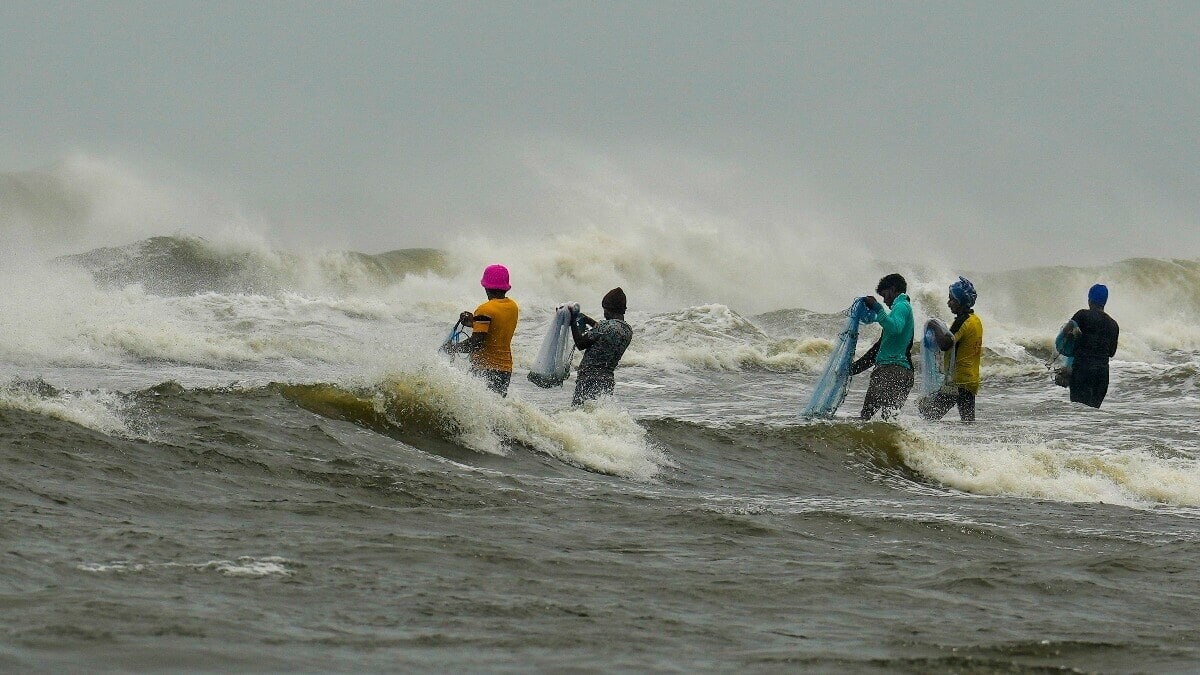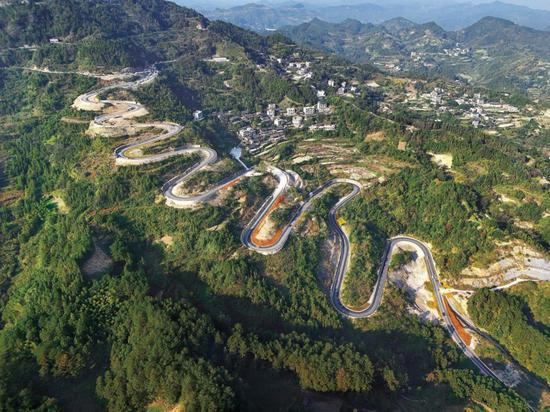
BEIJING, Nov 29 (Reuters) - China has finished a 46-year campaign to encircle its largest desert with trees, part of national efforts to end desertification and curb the sandstorms that plague parts of the country during the spring, state media reported on Friday. A "green belt" of about 3,000 km (2,000 miles) around the Taklamakan was completed on Thursday in the northwestern region of Xinjiang, after workers planted the final 100 metres of trees on the desert's southern edge, the Communist Party-run People's Daily said. Efforts to enclose the desert with trees began in 1978 with the launch of China's "Three-North Shelterbelt" project, colloquially known as the Great Green Wall.
More than 30 million hectares (116,000 square miles) of trees have been planted. Tree planting in the arid northwest has helped bring China's total forest coverage above 25% by the end of last year, up from around 10% in 1949. Forest coverage in Xinjiang alone has risen from 1% to 5% in the last 40 years, the People's Daily said.

The shelterbelt project has involved decades of experimentation with different tree and plant species to determine which is the hardiest. Critics say that survival rates have often been low, and it has been ineffective in reducing sandstorms, which routinely reach the capital Beijing. China will continue planting vegetation and trees along the edge of the Taklamakan to ensure desertification is kept in check, Zhu Lidong, a Xinjiang forestry official, told a press briefing in Beijing on Monday.
He said poplar forests on the northern edge of the desert would be restored through the diversion of flood waters, and officials were also planning new forest networks to protect farmland and orchards on the western edge. Despite China's tree planting efforts, 26.8% of its total land is still classified as "desertified", according to official data from the forestry bureau, down slightly from 27.
2% a decade ago. Sign up here. Reporting by Beijing newsroom; Writing by David Stanway; Editing by Ros Russell Our Standards: The Thomson Reuters Trust Principles.
, opens new tab.










